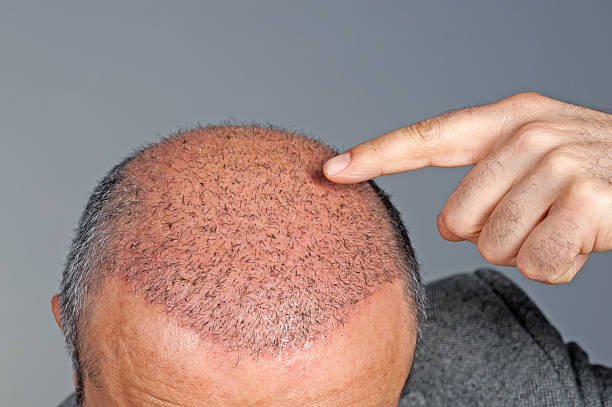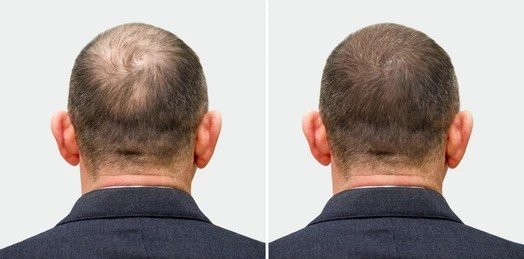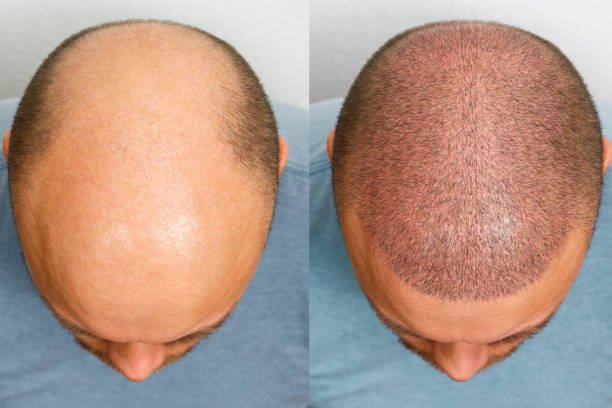PROCEDURES
-
Blood Extraction and PRP Separation:
- A small amount of blood is drawn from the patient's body.
- The blood sample is processed through centrifugation to separate Platelet-Rich Plasma (PRP) from other blood components.
-
Creating Slits Using Sapphire Blades:
- Slits are made using Sapphire Blades, crafted from Sapphire Gemstone.
- Sapphire Blades offer antimicrobial qualities and minimize scarring and tissue damage.
- Sapphire Blades maximizes retention of grafts
- With sapphire blade we can create close slits results in higher density.
- Sapphire Blades creates thin, single slits without extra skin protrusion, facilitating graft insertion directly into the slit.
- This results in faster healing after the hair transplant procedure.
-
Extraction with Advanced Punch:
- Extraction is performed using an Advance Punch tool.
- This minimizes the risk of tissue damage, leading to faster healing.
- The use of Advance Punch also maximizes the retention of grafts.
-
Graft Storage with Saline and PRP Solution:
- Grafts are stored in Saline water combined with PRP solution.
- The temperature of the grafts is maintained using a chiller, ensuring ideal conditions for graft preservation.
- Minimal graft damage occurs as the chiller provides the optimal temperature for graft viability.
-
Simultaneous Extraction and Implantation with Two Forceps Technique:
- Implantation is performed simultaneously with extraction using the Two Forceps Technique (NO-ROOT TOUCH).
- This technique results in maximum retention of grafts.
- The retention of grafts is increased by 30% compared to the Advance BIO-FUE technique.
- The procedure involves delicately placing the harvested grafts into the prepared slits without touching the root of the hair follicles.
These steps highlight the advanced techniques and tools used in the hair transplant procedure, aiming to maximize graft retention, minimize tissue damage, and accelerate healing for optimal results.
Contact Us
Have questions? Get in touch!
Phone
Address
H-2A, Green Park Ext Rd, Near Green Park Gurudwara, Block H, Green Park Extension, New Delhi 110016
Get in touch with us!
Results
Frequently Asked Questions
Yes, hair transplant is considered a permanent solution for hair loss. The transplanted hair follicles, once they have taken root in the recipient area, continue to grow like natural hair. However, it's essential to understand that while the transplanted hair is permanent, it doesn't prevent further hair loss in other areas that are susceptible to balding.
Transplanted hair typically goes through a shedding phase within the first few weeks after the procedure. This shedding is normal and temporary. New hair growth usually begins within a few months, with noticeable results becoming more apparent over the following months. Full results may take 6-12 months to be fully realized.
Follicular Unit Transplantation (FUT) involves the removal of a strip of skin from the donor area, while Follicular Unit Extraction (FUE) involves the extraction of individual follicular units directly from the scalp. FUT leaves a linear scar in the donor area, while FUE leaves tiny, dot-like scars that are less noticeable. Recovery time may be shorter with FUE compared to FUT.
Hair transplant surgery is typically performed under local anesthesia, so patients should not experience significant pain during the procedure. Some discomfort or mild pain may be felt during the recovery period, especially in the donor area, but this can usually be managed with pain medication prescribed by the surgeon.
Good candidates for hair transplant surgery are generally those who have experienced permanent hair loss due to genetic factors (androgenetic alopecia) or other conditions but have sufficient donor hair in the back or sides of the scalp. Ideal candidates should be in good overall health and have realistic expectations about the results of the procedure. Consulting with a qualified hair transplant surgeon is essential to determine candidacy and discuss personalized treatment options.




